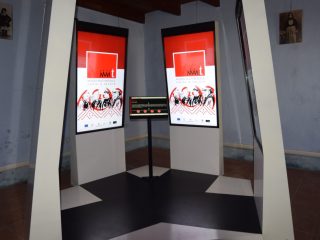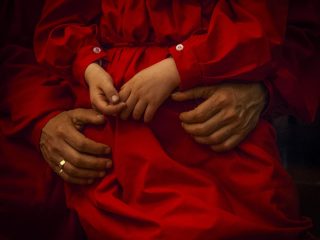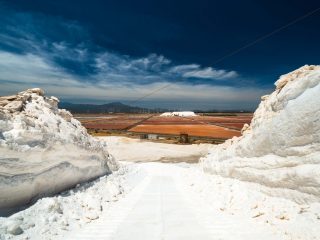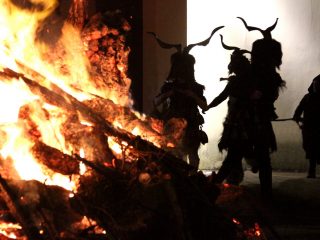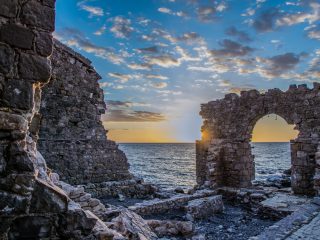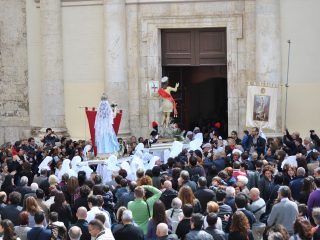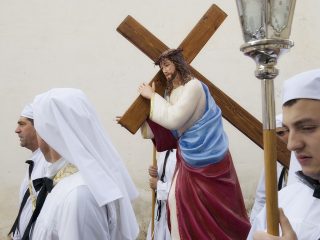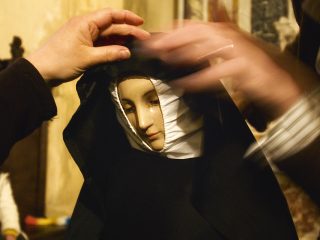Orotelli is a small town with just two thousand inhabitants located in Barbagia di Ollolai, at the foot of the Marghine mountain chain, a land rich in granite rock which is the material used to build the town’s traditional houses. As with other centres in Sardinia, Orotelli is a town with a wealth of traditions handed down over the centuries, the main one being the carnival.
The events during the carnival of Orotelli recall the world of agriculture and sheep rearing, by bizarrely turning the relationship between animal and master on its head. The propitiatory rituals for rain, the fertility of the land and an abundant harvest, represent the relationship between humans and nature, in some cases peaceful, in others conflicting.
According to tradition, the carnival allowed poor labourers from the town to make fun of their landowners without suffering the consequences; it was a way of getting revenge for the wrongs they had suffered during the year, reversing the roles within society. There are definitely traces here of the ancient celebrations in honour of Dionysus. The so-called “Grandi Dionisie” dedicated to the god of wine, intoxication and vegetation was held in ancient Greece at the end of March.
Typical masks include the “Thurpos” (the blind), who wore boots and leather shafts (“sos gambales”) and a rough woollen fabric coat (a typically Sardinian fabric produced with coarse wool and with irregularities in the yarn). Known as “su gabbunu”, the coat is black with a hood covering the eyes. They have a bandolier of cow bells round their neck, used to fend off evil spirits. Their face is covered with soot, obtained from burn cork, this too used to fend off bad luck.
The Thurpos move around in groups of three, miming scenes from farming life. One of these scenes shows “su Thurpu Voinarzu” (the peasant) who watches the “Thurpos Boes” (oxen), who transport the heavy plough, with cords tied around their waist, and are urged to work by the peasant, who has a whip to keep control of the animals.
Another scene is the “su Thurpu Vrailarzu” (the blacksmith) who shoes the Thurpos Boes”.
Then there is the Thurpu sower who throws the grain into the crowd, and the Thurpu who lights the fire.
As well as the Thurpos there are also the “Sos Erithaios” (hedgehogs), who wear a white robe and a necklace of hedgehog spines; during the festival, they enjoy hugging women to prick them with their spines; this custom also refers to the ancient rituals for ensuring prosperity and fertility.
On Sunday and Monday of the carnival, the “sa prenda” takes place: the Thurpos throw themselves into the crowd and capture some people with cords without a mask and who, in order to be freed, need to offer them something to drink. On Tuesday, the roles are reversed because it is the Thurpos who offer drinks to the spectators.








